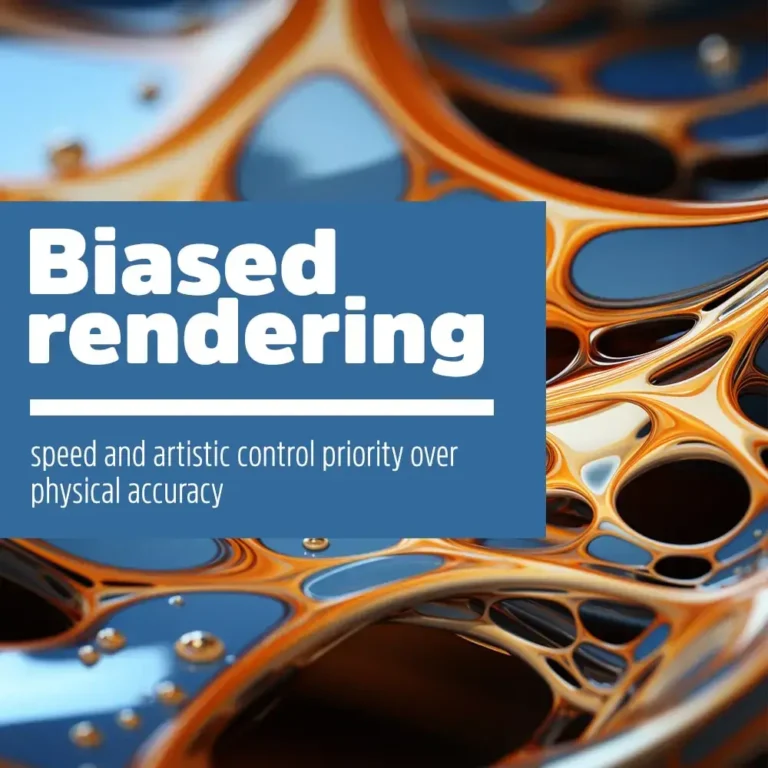The industry of biased rendering is among the most recently and powerfully emerging techniques in a field like computer graphics. It may not have physical accuracy, but it sure does have speed and artistic control. The reason is that it uses a couple of shortcuts and simplifications for fewer computations in order to render an image. The fields like gaming, filmmaking, and architectural visualization can use biased rendering techniques.
The Concept of Biased Rendering Technology
Biased rendering is a case where light is manipulated to interact with the 3D model to achieve final images of certain visual effects. Cel shading, depth of field, and tone mapping are among such techniques. The rendering software modifies the brightness, color saturation, or focus of different parts of the image.
There are also many techniques of biased rendering that simplify the 3D model into a texture or mesh and apply the rendering effect on this simplified representation. As a result, the rendering process becomes faster and more efficient.
Why to select Biased Rendering?
- The artist has much more artistic control over the final output thanks to biased rendering, which results in eye-catching and unique visuals.
- Faster rendering times: Optimization in this process minimizes computational complexity, hence speeding the project turnaround.
- Improved Ability to Handle Complex Scenes: Biased rendering easily handles complex scenes and models that may be cumbersome to model with physically accurate techniques.
- Photorealistic Outcome: Some of the biased rendering techniques, like physically-based rendering, can yield photorealistic results that are barely distinguished from photographs.
Minuses of Biased Rendering
- Falling Realism: When you sacrifice physical correctness for artistic vision, you’ll get less real-end pictures.
- Artist Intuition Dependence: The artist’s intuition can lead to unpredictable results and non-reproducibility.
- Visual Artifacts: Improper use can cause visual artifacts, distortions, and unintended effects.
- Overreliance on Post-processing: Biased rendering techniques usually require a lot of post-process work for the final image production, putting more time and resources into it.
